Table of Content
IoT device management is about registering, tracking, and monitoring devices at scale in diverse IoT deployments. Thanks to the advancement of IoT ecosystems and the vast number of devices that must now be connected and organized, IoT device management has become a critical aspect of business operations. At Krasamo, we develop IoT applications and services that handle end-to-end management of IoT devices.
IoT device management has become a critical success factor for any IoT operation.
IoT Device Management in Action
- Collecting and reporting data
- Ensuring devices are running with updated software
- Executing remote actions such as reboot, reset, and security patches
- Connecting devices that are behind firewalls with tunneling
- Sending over-the-air (OTA) software and firmware updates to FreeRTOS devices
- Auditing and monitoring devices with predefined behavior
IoT Device Management and Deployment
IoT devices perform remote actions and connect securely with authentication and encryption methods. IoT device management software connects with devices through tunnels and APIs, with proxies as intermediaries (brokers) that authenticate using MQTT messaging protocols and token authorizations. IoT devices generate unique patterns of behavior that can be used to create machine learning functions to detect unusual behavior and create alerts via email or SMS messages.
An IoT device management program provides all the operational data for device activities, including registration, indexing, search, jobs, attributes, state, events, queries, updates, etc.
At Krasamo, we create web applications that fully manage connections and visualization of device status in real time. We write programs that organize devices into groups, with rules that trigger changes and send alerts about potential issues so corrective action can be taken.
Protocols for IoT Device Communication
Devices communicate across an MQTT or HTTP bridge that is selected when registering the device (device registry). These use public key device authentication. We can recommend a protocol depending on the use case and considering performance, interoperability, connectivity, security, and scalability.
- MQTT is an open-source lightweight for small devices (sensors) that maintains the device connection. It is common for machine-to-machine (M2M) communications and embedded devices. Connections are established using TLS (Transport Layer Security).
- HTTPS (Hypertext Transfer Protocol) is a lightweight messaging protocol that runs on top of TCP/IP that provides a connectionless (stateless) protocol request/response.
- WebSocket provides duplex communication over a TCP connection to transmit bundles of data continuously.
IoT devices may use different protocols and security to connect to the network, such as:
- Wi-Fi
- Bluetooth
- Zigbee
IoT Administrator
Our teams work together with IT administrators to implement all administrative tasks, network connectivity, proxy management, and configurations. IoT network managers automate firmware updates, security patches, and device functionality. Open-source elements are combined to implement management in a microservices environment.
IoT Device Management Platforms
Krasamo builds IoT solutions that help customers scale IoT systems through IoT device management platforms, performing installation, monitoring, maintenance, and control functions. Although there are many platforms for specific business cases, some of the most known IoT vendors are AWS IoT Device Management, Google Cloud IoT Core, and Azure IoT Hub. These platforms also support the security of IoT applications and connect with other services such as Palo Alto IoT security and Mulesoft Anypoint Platform.
IoT device management solutions are varied depending on segment: consumer, enterprise, or industrial. Contact our IoT consultants for more information on IoT integrations.
IoT Device Management Standards
IoT devices can be designed to operate with many application providers and give freedom to end-users to switch vendors. When building IoT applications, standardization of communication protocols for IoT device management should be discussed.
Krasamo promotes IoT ecosystems with open standards and flexibility to support IoT device interoperability and connectivity. IoT device management software should support devices from different vendors and associate them with the application layer. For example, one should be able to onboard many types of smartwatches for a fitness app.
Creating a standardized layer of connectivity across equipment, devices, and systems is key for sustainability in IoT development.
IoT Device Installation and Configuration
Onboarding large volumes of IoT devices or IoT device fleets can be quite challenging. Provisioning devices is a process that can be automated, however, and there are several ways to provision devices and install unique client certificates. Devices may have certificates installed by the manufacturer, or they can be installed by end-users or with claim certificates. Also, a device registry is created with unique names and attributes associated with devices. Finally, policies and rules are created to define operations and security. Ask a Krasamo team representative for more information about device installation for specific use cases.
Edge Computing in IoT Networks
Teams execute IoT device management services at the edge. Integrating edge computing and IoT architecture is a natural evolution. Moving connections and processes closer to the edge optimizes higher volumes of data transmission, reduces latency, and improves efficiency. IoT gateways process device data before sending it to the cloud. IoT analytics can combine cloud and edge analytics and create value to the IoT deployment model. Our teams can ensure you have a well-planned IoT network architecture.
Turn Data into Actionable Intelligence
IoT real-time data brings the opportunity to analyze and gather insights, in order to move a step ahead of competitors. IoT deployments depend on IoT data analytics capabilities that bring high business performance and validate return on investment (ROI) in IoT projects.
According to StrategyR, the global market for IoT analytics is projected to reach $40.6 billion by 2024, with a compounded CAGR of 28.6%.
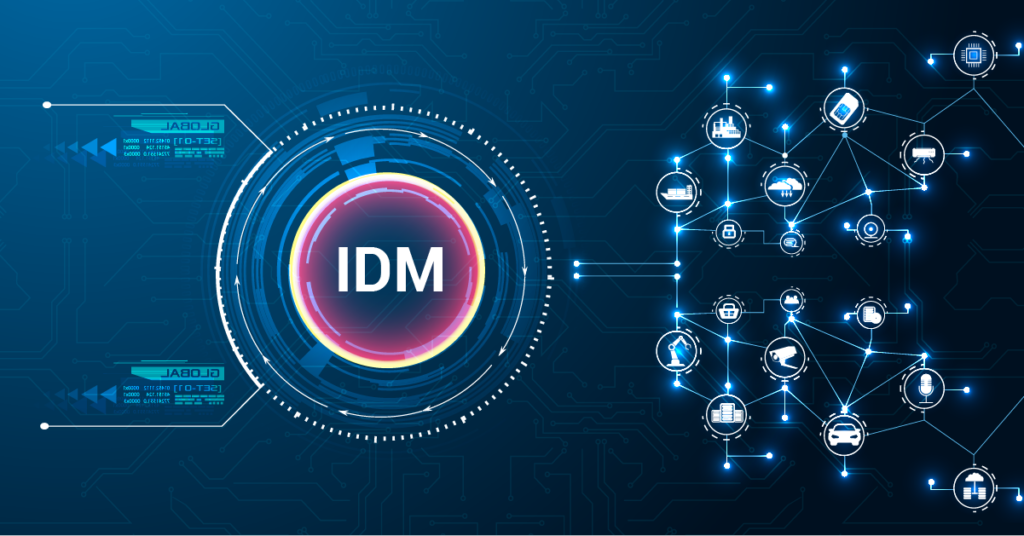



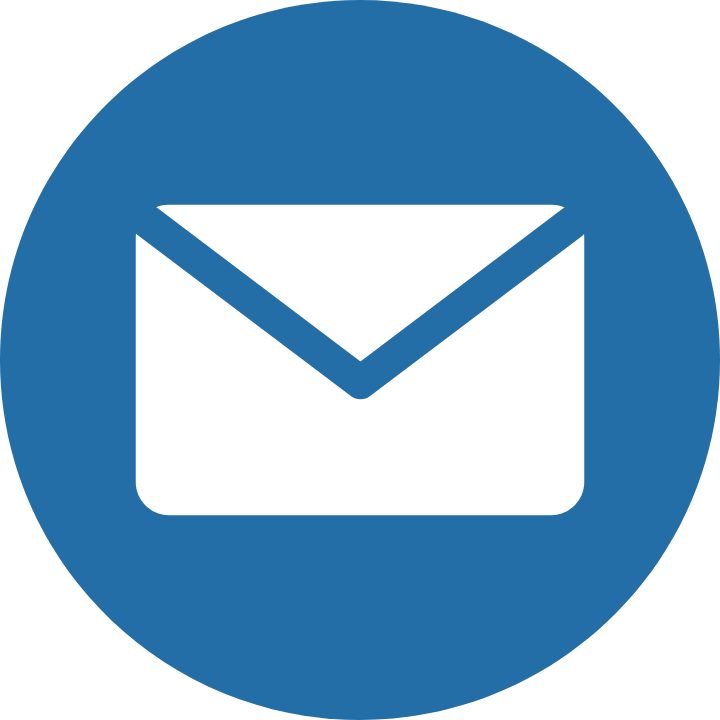

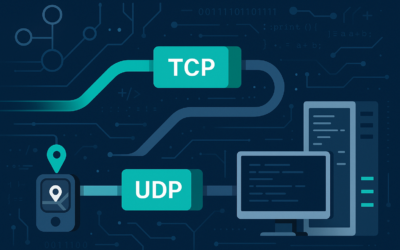
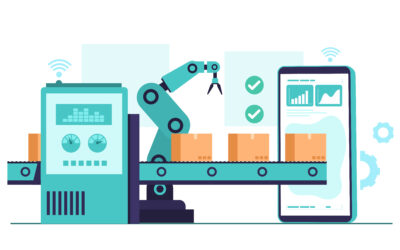

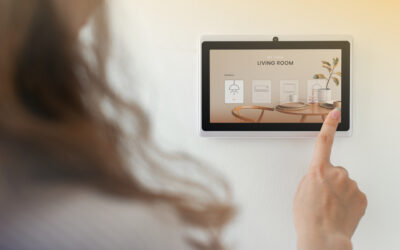
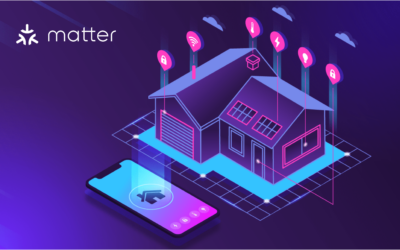
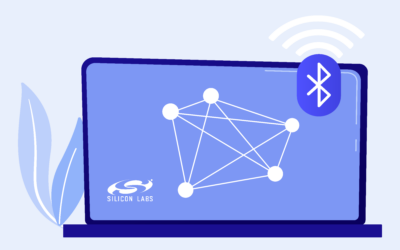
Congrats on this epic post about IoT Device Management! 👏💻 Kudos to the team at Krasamo for tackling it so well!
I gotta say, I’ve been there too. I worked on a project where we had to onboard like 500+ sensors across multiple locations. We used Mender for over-the-air updates and it was a lifesaver. However, during the initial setup, we struggled with claim certificates because our devices didn’t have them pre-installed ( manufacturers fault, btw). Took us weeks to figure out why some devices weren’t showing up in the device registry. Anyway, IOT Device Management is key, you gotta get it right from the start. Otherwise, you’ll be dealing with headaches down the line.
I’m reading this and wondering, how do u think data from IoT devices can be leveraged in real-time to make informed business decisions? Can we automate some stuff w/ machine learning too?
I must correct your egregious misuse of “move a step ahead of competitors.” A more idiomatic and grammatically sound expression would be “gain a competitive edge.” Furthermore, cite reputable sources, not some nebulous entity known as “StrategyR.
I must say, I’m intrigued by the notion that these large-scale IoT device management platforms can seamlessly integrate with various vendors’ solutions. However, don’t you think it’s a bit naive to assume that all vendors will adhere to standardized communication protocols? How do you envision these platforms handling the inevitable security vulnerabilities and potential backdoors in devices from non-compliant manufacturers?